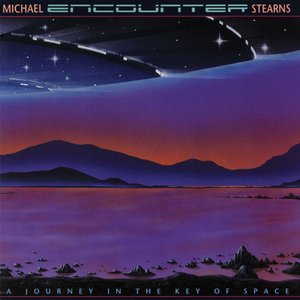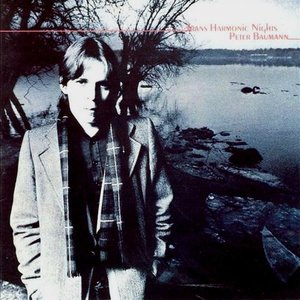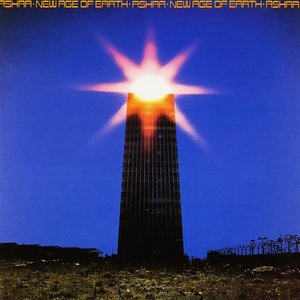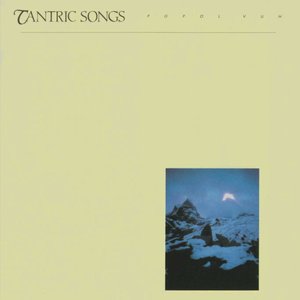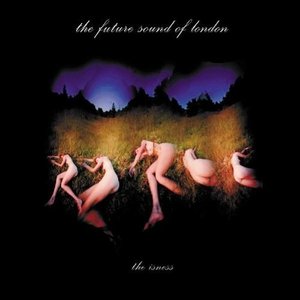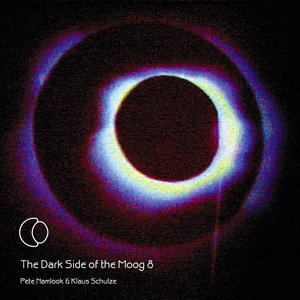Wiki
-
Release Date
1 February 1974
-
Length
4 tracks
Phaedra (1974) is an album by the German electronic music group Tangerine Dream.
This is the first Tangerine Dream album to feature their now classic sequencer-driven sound, which kicked off the whole Berlin School genre. This album marked the beginning of the group's international success and was their first album released on the British Virgin records label. It achieved a six-figure sale in the UK, reaching No.15 in the charts in a 15-week run, with virtually no air play, only by strong word-of-mouth. It also earned the group a gold disc in Australia, and yet amazingly in their native Germany it sold barely 6,000 units. Alpha Centauri outsold it by nearly four-to-one.
The title track was originally based on an improvisation that happened to be recorded in the studio, and unintentionally exhibits one of the limitations of the analog equipment used at the time. As the equipment warmed up, some of the oscillators began to detune (they were highly temperature-sensitive), which was responsible for some of the changes in the music towards the end of the piece.
The title track and "Movements of a Visionary" rely on Christopher Franke's use of the Moog analog sequencer as a substitute for bass guitar. "Mysterious Semblance at the Strand of Nightmares" features Edgar Froese soloing on a Mellotron which is treated to slowly sweeping filter effects. "Sequent C'" is a short but memorable piece by Peter Baumann on flute, with tape echo.
Phaedra is listed in 1001 Albums You Must Hear Before You Die.
Album descriptions on Last.fm are editable by everyone. Feel free to contribute!
All user-contributed text on this page is available under the Creative Commons Attribution-ShareAlike License; additional terms may apply.





